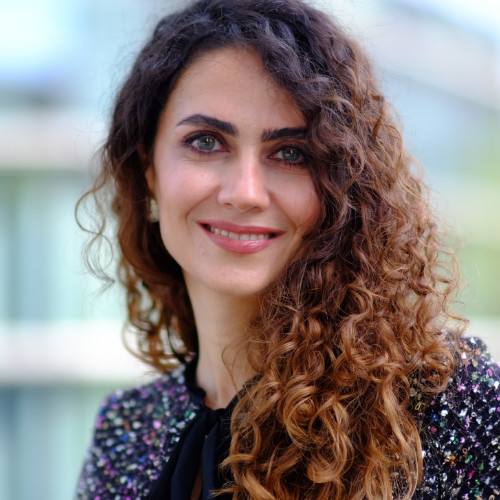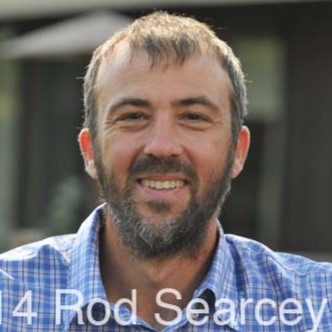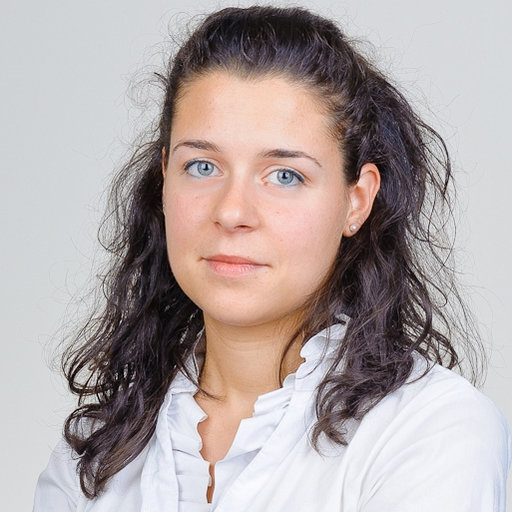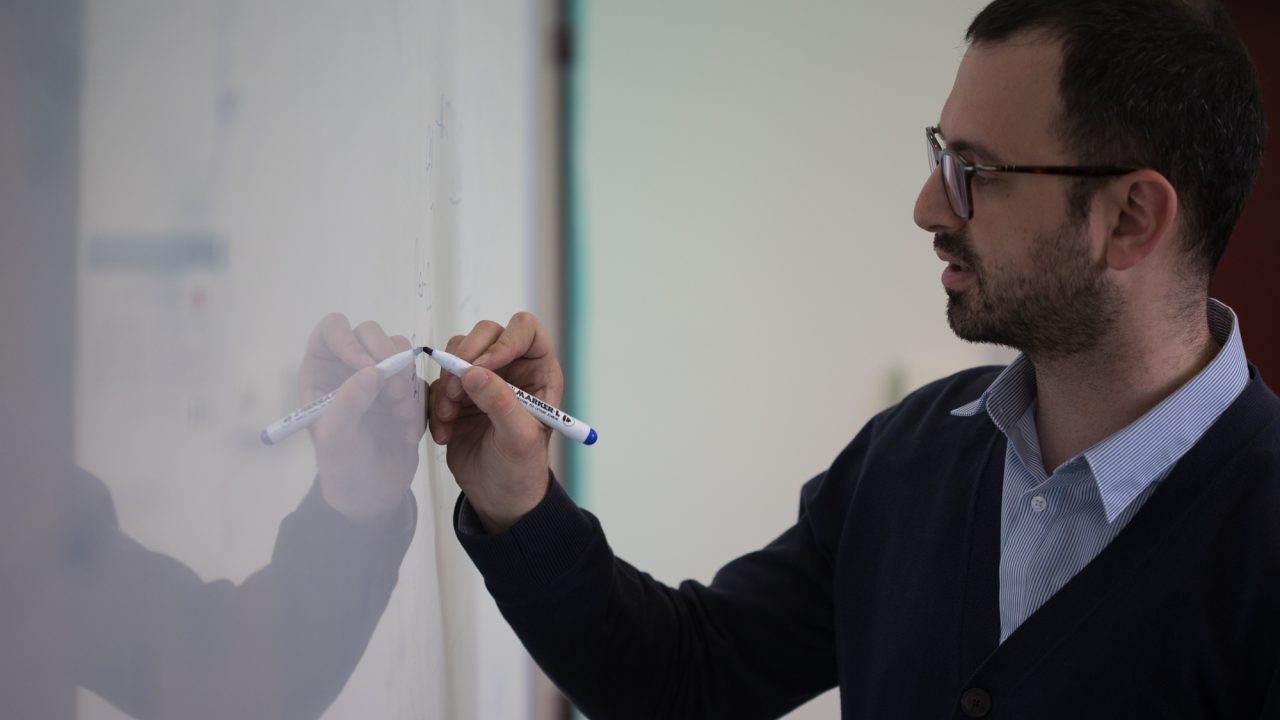The Politecnico di Milano has obtained from the European Commission important funding for two research projects: one for the fight against breast cancer and the other for the fight against climate change.
This takes the form of two ERC Advanced Grant, funding awarded by the European Research Council to researchers well-established in their field, in order to carry out innovative and high-risk projects. The selection for this type of funding is very competitive: this year, out of 1735 projects submitted, only 14.6% obtained the funds.
Daniele Ielminii, professor at the Department of Electronics, Information and Bioengineering, will leadANIMATE (ANalogue In-Memory computing with Advanced device Technology), a project that aims to develop a new computing concept to reduce energy consumption in machine learning. It is a critical issue for stopping climate change: we do not think about it when we use a computer, but the energy cost of the actions we perform on the internet, starting with the everyday things, is very high. Data centres, which currently meet most of the world's AI needs, now consume about 1% of global energy demand, but growth is expected to reach up to 7% by 2030. Apparently simple operations, such as searching for a consumer product or service (for example when we book holidays or choose a film on a streaming site) are based on data-intensive algorithms and have a significant impact on the production of greenhouse gases.

Professor Ielmini’s preliminary ANIMATE research has shown that computational energy requirements can be reduced by closed-loop in-memory computing (CL-IMC). This system is capable of solving linear algebra problems in a single computational step. Thanks to the reduction in calculation time, CL-IMC requires 5,000 times less energy than digital computers with the same precision in terms of number of bits. Ielmini's project will develop the device and circuit technology, system architectures and set of applications to fully validate the CL-IMC concept.
Manuela Raimondi, professor in the ‘Giulio Natta’ Department of Chemistry, Materials and Chemical Engineering, combines mechanobiology, bioengineering, oncology, genetics, microtechnology, biophysics and pharmacology to develop a new method for the treatment of breast cancer.

In fact, in this type of illness, the aggressiveness is related to the fibrotic stiffening of the tumour tissue: fibrosis progressively prevents drugs from reaching cancer cells. With BEACONSANDEGG – Mechanobiology of cancer progression, Raimondi intends to develop a method capable of circumventing this problem. Starting from the modelling of microtumours at various levels of fibrosis and from human breast cancer cells adhered to 3D polymer micro-supports, the microtumours will be implanted in vivo into the respiratory membrane of embryonated avian eggs, in order to elicit a fibrotic foreign body reaction in microtumours. This study model will be validated with anticancer drugs whose clinical outcome is known to depend on the level of tumour fibrosis. It will also provide a standardisable and ethical platform to promote the clinical translation of new therapeutic products in oncology. This is a key issue for professor Raimondi: some of the research and modelling tools she has developed over the last ten years have precisely this goal: to reduce or replace the pre-clinical experimental phases in vivo, for example, with the use of 3D supports for cell cultures and microfluidic chambers for tissue and organoid culture.
A bit of context for this good news: the Politecnico is at the top of the world rankings of universities also thanks to the frontier scientific research that it carries out in its laboratories. The protagonists of this Italian record are the many scientists and researchers of the Politecnico (ERC and beyond): about 3500..
Some of these are 'ERC researchers', with ERC standing for European Research Council. ERC is a European Commission tool that supports pioneering and frontier research. It is said that these researchers are among "the brightest minds in Europe", scientists who could be on the trail of new and unpredictable scientific and technological discoveries.
In total, to date, 52 ERC projects at the Politecnico. They vary according to the size and duration of the funding: between Euro 150 thousand and 12 million.
ERC promotes a so-called 'investigator driven' or 'bottom-up' approach, i.e., the free initiative of the best European scientists who follow excellent, innovative and high-risk research projects, key elements for achieving the sustainable growth objectives that the Union has set
. Sara Bagherifard, with ArcHIDep project, and Massimo Tavoni, with EUNICE project, get two ERC Consolidator Grants. Tavoni, professor of Climate Change Economics at the Department of Management Engineering and Director of RFF-CMCC, European Institute on Economics and the Environment, has the goal of reducing the uncertainties involved in confronting climate change. His research covers energy and climate economics, and in particular, the modelling of international climate policies. With EUNICE, he tackles the problem of uncertainties in climate stabilization paths and in current climate-energy-economy models and converts the scenarios outlined by these models into indications that help define resilient, solid and reliable policies to combat climate change.


Bagherifard, senior researcher at the Department of Mechanical Engineering, deals with numerical and experimental approaches to design, manufacture and characterize multifunctional materials. With the ArcHIDep project, she intends to deploy a revolutionary solid state deposition system in order to obtain heterogeneous materials with architecture structured on three levels of scale: micro, meso and macro. ArcHIDep will make it possible to develop a framework, which does not currently exist, for designing and building components which are capable of overcoming the limitations associated with the current inability to combine conflicting properties.
Once again we find Daniele Ielmini with SHANNON, acronym for Secure hardware with advanced nonvolatile memories. It aims to develop a new type of encryption circuit based on the concept of non-cloneable physical function. The encryption keys are generated through random memory states that are completely invisible to an external inspection, thanks to a new algorithm and a new cell structure, making this solution very interesting for the security of Internet of Things systems.


Paola Saccomandi, from the Department of Mechanical Engineering, works on the development, technological validation and market analysis of a device for the laser removal of tumours, much less invasive than the instruments we have today. The project is called LEILA: closed-loop and multisensing delivery tool for controlled laser ablation of tumors.
With the TCOtronics, acronym for transparent conductive oxide nanocrystalline films for electronics and optoelectronics via low-cost solution processing, Francesco Scotognella (Department of Physics) aims to manufacture thin layers based on nanoparticles of metal oxides, which can be used as optical filters or transparent electrodes for solar cells and light emitting diodes. An important goal is also the use of non-toxic and abundant elements on the planet.
Francesco Topputo (Department of Aerospace Science and Technology) aims to develop an autonomous navigation sensor for satellites in deep space. Thanks to the SENSEproject: a sensor for autonomous navigation in deep space, satellites themselves will be able to estimate their position without the need to communicate with ground stations. This will make it possible to cut navigation costs for space exploration, making space accessible to universities, research centres and small businesses.


What you are reading is an article from the latest issue of the Magazine of the Alumni of the Politecnico di Milano. (read it here). MAP is one of the many initiatives created by Alumni Politecnico di Milano. If you want to receive two issues of the magazine in paper format, consider donating..
Credits home: Photo by Pawel Czerwinski on Unsplash